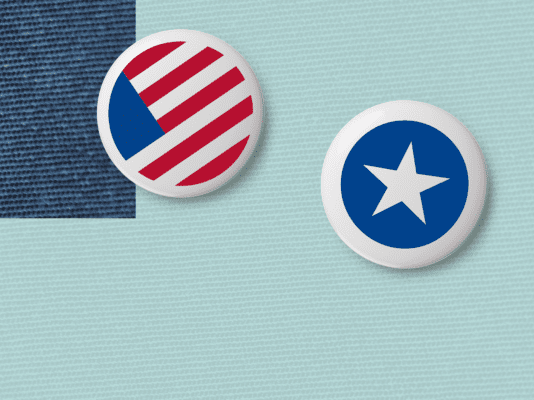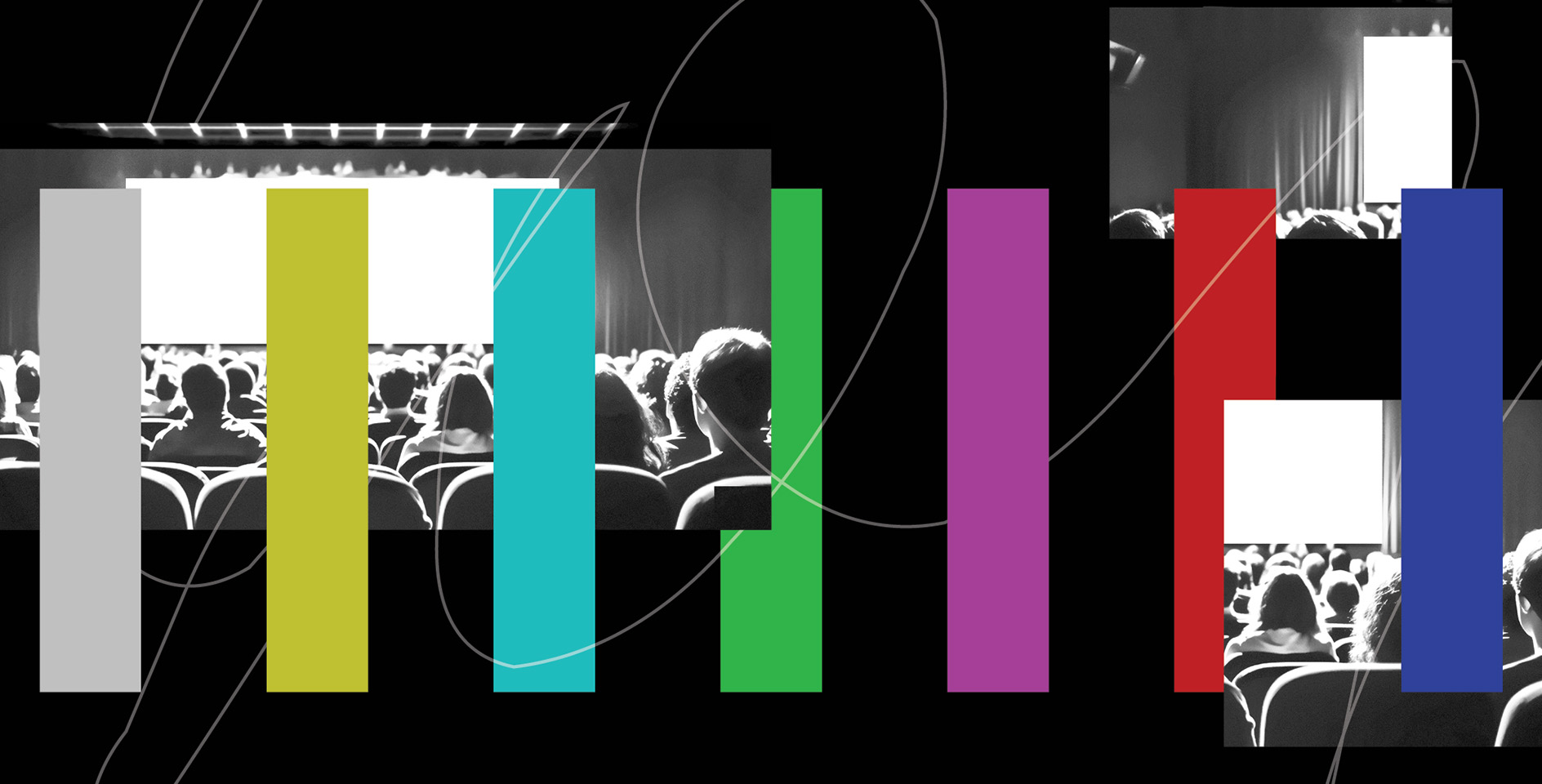I grew up in one of those families that hands a child a musical instrument shortly after they learn to walk. I spent a few tortured years falling asleep in violin lessons, followed by a few more spent crying in piano lessons. Finally, in about the fourth grade, I was convinced (compelled?) to begin playing the trumpet, and I was—for a while—taken with the instrument.
That is, until I hit about 14 years old. My trumpet teacher and my parents were dreaming of college scholarships, challenging me with more and more difficult classical pieces. I recall one particularly torturing piece called “Mount St. Michel,” which caused the veins on my forehead to pop out and left me seeing stars. I wanted to quit. There was a brief scramble over what to do, and I found myself with a new teacher, a hip older guy named “Butch” that wore polyester golf pants and polo shirts from the seventies. He taught in his basement, where a pool table was stacked high with books of music and records, and where a gloriously ancient hi-fi sat, ever-glowing, against wall.
Music unlike any other
At my first lesson, we talked for a little while about trumpet. He had me sight-read a few things, and soon, I confessed that I hated the instrument. I didn’t want to play anything faster or higher. I was done. The thing felt dead to me.
He nodded and crossed the room to his hi-fi. He pulled out an album, slipped the record out of its acetate sleeve and dropped it onto the platter. “What about this?” he said. “Listen.” He waved to one of the moth-eaten chairs that sat between the speakers. A long note trilled on a guitar and a piano, cymbals sizzled. I sat down just as the horns started to play a slow, mournful phrase. A pause. A punchy bass line, a beat, and the song took off. I looked at Butch for an explanation. He offered none. Just poured himself coffee and sat down nearby. “Just listen,” he said.
I now know it was Lee Morgan’s The Search for the New Land. This album featured giants: Wayne Shorter, Herbie Hancock, Grant Green, Reggie Workman, Billy Higgins—names that meant nothing to me at the time. It’s classic Blue Note jazz, recorded by the legendary Rudy Van Gelder in 1964 and released in 1966.
Of course, I’d heard jazz. I’d heard it in snippets separating clips on the radio. I’d heard it on TV and in movies. My dad would play Ella Fitzgerald at Christmas. But I’d never really listened. It was background music. Music that played while something else was happening. Polite stuff.
But that day, I sat and really listened for the first time. Butch sent me home with that LP, along with Kenny Burrell’s Midnight Blue and Art Blakey’s A Night at Birdland. “Just listen,” he said.
And I did. I listened, and it drew me in. I wanted to know more. And while the trumpet did eventually fade from my life (a few years later, I sold it and bought my first guitar), jazz has stayed with me ever since. In the next few years, I’d make my way through the catalogue of giants: Miles, Coltrane and Monk. Charlie Parker and Dizzy Gillespie. Jack McDuff. Hank Mobley. Freddie Hubbard.
It came from a different world
I came to realize that this music’s energy—it’s soul—came from a world that was very different from my own. Jazz invited me to peek into that world and its personalities. Their stories, often tragic (Lee Morgan himself was shot to death by his wife outside Slug’s Saloon in the East Village), revealed that the music sounded like a different world because it came from a different world.
It came from a world shaped by the legacy of slavery and Jim Crow, a world where the Negro Spiritual and the Blues provided a lifeline of hope, a world whose musical language would shape-shift into the music of Dizzy Gillespie, Charlie Christian and Charlie Parker, that would evolve again through Miles and Coltrane, and then again in the wild freedom of Ornette Coleman and others. Like the Blues and Rock, Jazz would cross the boundaries of race and class—there would be the Chet Bakers and the Dave Brubecks of the world—but at its core, it can’t be severed from its roots as the sounds of a people who inherited a legacy of injustice. It is not the music of a cozy brunch on a Saturday morning. It’s the sound of profound mourning and profound hope, protest and praise, love and death.
As I fell down the rabbit hole of Blue Note Records, Verve, ECM and other jazz labels, I also found myself searching for a view into the culture that gave birth to it. At some point, I stumbled upon Langston Hughes.
Hughes was a poet during the Harlem Renaissance of the 1920s—a time when jazz was finding its feet and African Americans were making their voice heard in the broader culture. His poems capture the tempo and rhythms of the music that was filling Harlem at the time, and they made explicit the sentiments behind them. Slavery and the civil war were not-too-distant memories during the Harlem Renaissance. It was a haven of hopeful creativity and flourishing, even while Jim Crow and segregation still held their stranglehold in the American south. The art of the Harlem Renaissance lived in that tension—the promise of freedom, the burden of racism, the burden of history. Hughes wrote often about that tension, referring to the hopes of equality and dignity as a “dream deferred.”
What happens to a dream deferred?
Does it dry up like a raisin in the sun?
Or fester like a sore –
And then run?
Does it stink like rotten meat?
Or crust and sugar over
Like a syrupy sweet?
Maybe it just sags
like a heavy load.
Or does it explode?
Where Charlie Parker (and later, Monk, Miles and Coltrane) were the sound of a dream deferred, Hughes (and Zora Neale Hurston, and later, James Baldwin and Toni Morrison) gave it words. And Hughes’ poetry managed to express it in rhythms and language that are shaped by the same cultural forces as jazz. You can hear it, both in the rhythms and in the sentiment.
In “Still Here,” he writes:
I’ve been scarred and battered.
My hopes the wind done scattered.
Snow has friz me, sun has baked me.
Looks like between ‘em
They done tried to make me
Stop laughin’, stop lovin’, stop livin’ –
But I don’t care!
I’m still here!
Hughes understood the way that music served as both witness and catharsis. In his poem, “The Weary Blues,” he wrote:
Droning a drowsy syncopated tune,
Rocking back and forth to a mellow croon,
I heard a Negro play.
Down on Lenox Avenue the other night
By the pale dull pallor of an old gas light
He did a lazy sway . . .
He did a lazy sway . . .
To the tune o’ those Weary Blues.
With his ebony hands on each ivory key
He made that poor piano moan with melody.
O Blues!
Swaying to and fro on his rickety stool
He played that sad raggy tune like a musical fool.
Sweet Blues!
Coming from a black man’s soul.
O Blues!
In a deep song voice with a melancholy tone
I heard that Negro sing, that old piano moan—
“Ain’t got nobody in all this world,
Ain’t got nobody but ma self.
I’s gwine to quit ma frownin’
And put ma troubles on the shelf.”
Thump, thump, thump, went his foot on the floor.
He played a few chords then he sang some more—
“I got the Weary Blues
And I can’t be satisfied.
Got the Weary Blues
And can’t be satisfied—
I ain’t happy no mo’
And I wish that I had died.”
And far into the night he crooned that tune.
The stars went out and so did the moon.
The singer stopped playing and went to bed
While the Weary Blues echoed through his head.
He slept like a rock or a man that’s dead.
The old bluesman sings, “Ain’t got nobody in the world . . . ” and “I can’t be satisfied.” But then he goes home and sleeps like a rock. The song itself satisfies—or at least satisfies enough to keep the old man going.
It’s tempting to separate art from the world that gave birth to it, to let jazz and blues be nostalgic “Americana” and to ignore its power as prophet and protest. It’s tempting to sanitize our musical history and ignore the way many great musicians were discriminated against, or to ignore the deep bitterness that formed as a result. B.B. King supposedly carried a pistol to every show he played after being stiffed one too many times. In 1985, during an interview with JET magazine, Miles Davis—who had as successful a career in music as any jazz musician could hope for—said, “If somebody told me I only had an hour to live, I’d spend it choking a white man. I’d do it nice and slow.” Please, let’s never pretend that this music is light listening ever again.
An invitation to listen
What it is, however, is an invitation; a chance to listen to the sorrows and hopes of our African American brothers and sisters. Their joy and their righteous pride, their pain and anger, their pleading for justice and equality, their declarations of beauty and dignity. Where political dialogue grows stale and ideological, the arts can cut through, whether it’s painting or music or literature, bypassing our rational defenses and letting us see and—more importantly—feel the experiences of someone else. The stunning and beautiful legacy of African American music, literature and art stands as an invitation to people like me—a white, middle-class, Southern Baptist—to glimpse inside a world that is not my own and to walk away a little more understanding and empathetic.
It is, of course, true that what we can learn through the arts is not the sum and total of another’s experience. It is also true that you can experience the arts and not learn a thing. That happens when we engage without curiosity, without expecting that we have something to learn. But patience, humility and curiosity will be rewarded. The world will reveal itself to be larger than you thought, more perplexing, more sad and more beautiful.
So turn on Coltrane’s “A Love Supreme” and hear his soaring longing for God, his deep sense of the brokenness of the world and the brokenness of his own cancer-addled body. Listen to Lee Morgan’s “Search for the New Land” and hear both the sense of sorrow and possibility that Morgan felt in the midst of a growing civil rights movement and a growing African consciousness. Read The Bluest Eye and feel the discomfort of a child who learns to dislike her own eyes and skin. Read Brian Keith Jackson’s The Queen of Harlem and feel the pressures of stereotypes that accompany being young, black and male. Or listen to Henry Louis Gates. Or Maya Angelou.
The point is to listen. To open your heart. To tap into your empathy and—just as important—your curiosity about the world and about the way our African American brothers and sisters experience it. Ask where their stories, jokes and strokes of genius come from. Remember that they are image bearers like you, whose feel for the world is very different because their place in it is very different. Curiosity will bring understanding, understanding will bring empathy and empathy, love. By making space to simply pay attention, what is foreign becomes familiar, and a stranger becomes a neighbor. And it’s our neighbors, most of all, that we can learn to love, to lock arms with and to suffer with.
So, as we celebrate African American History month, let me urge you as someone once urged me: Listen. Just listen.







